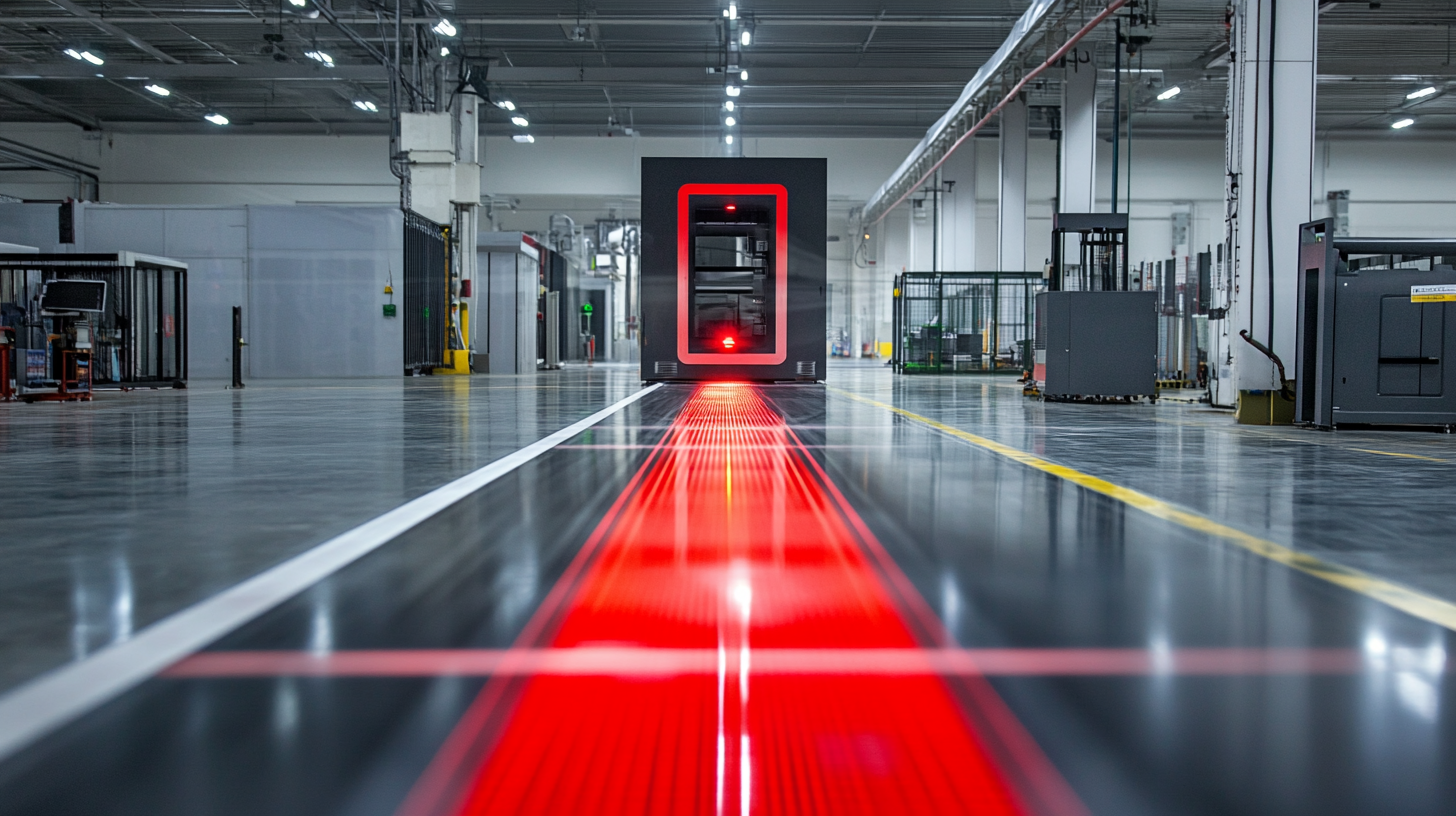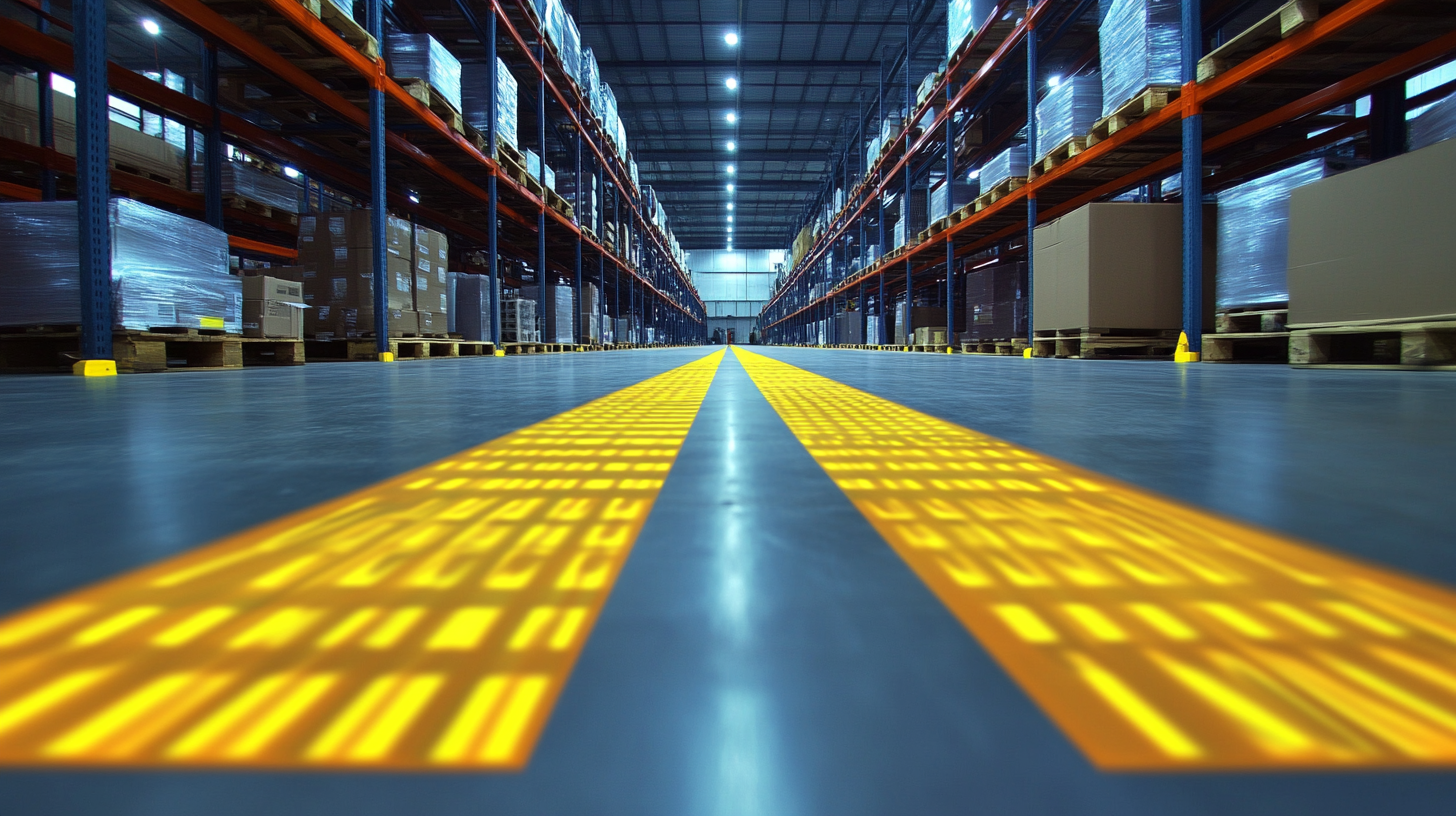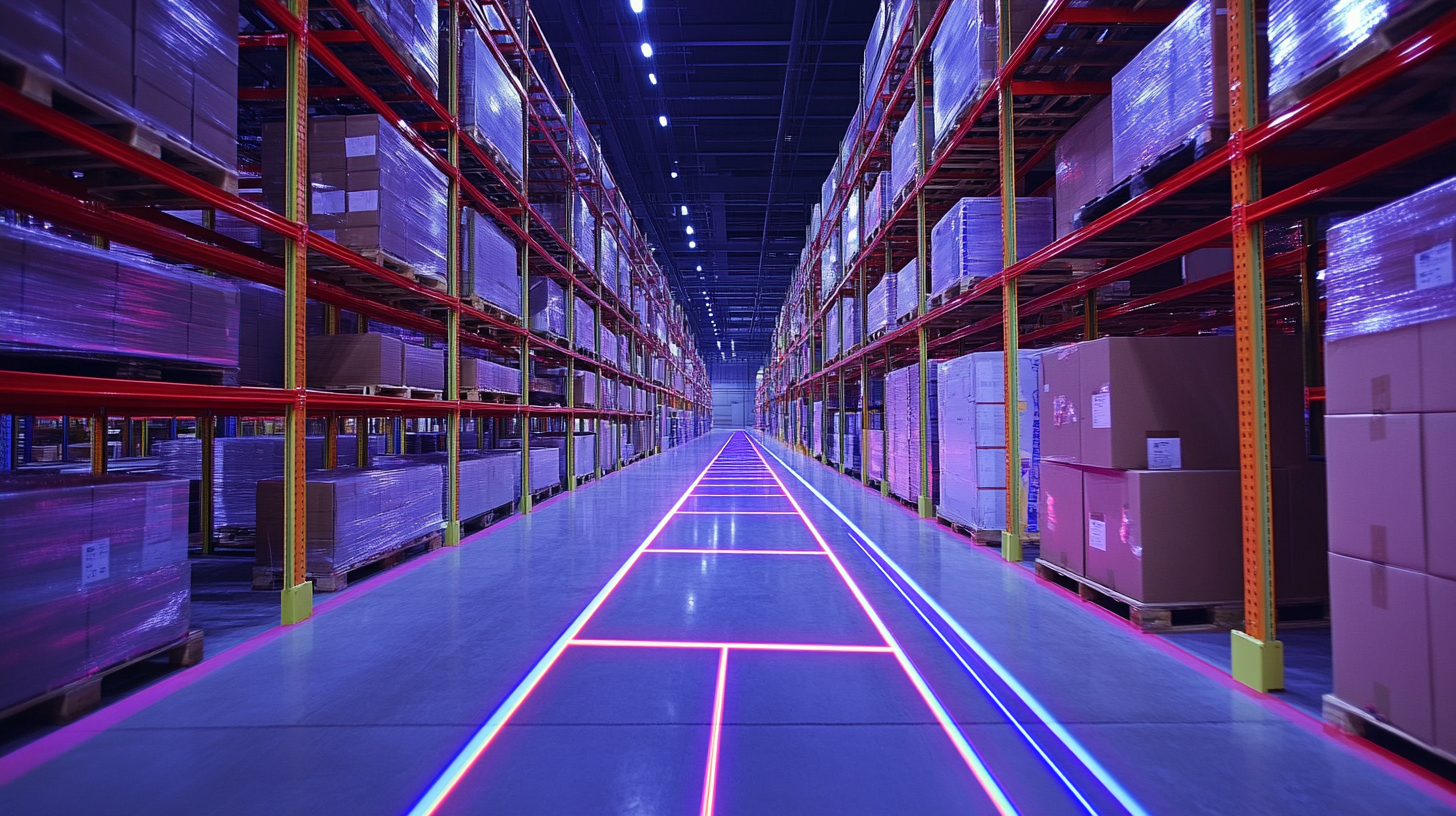Global Innovation in Industrial Marking Systems Exceptional Quality from China
In today’s rapidly evolving manufacturing landscape, the demand for precision and innovation in Industrial Marking Systems has never been greater. According to a recent report by MarketsandMarkets, the global industrial marking systems market is projected to reach $5.3 billion by 2026, growing at a CAGR of over 6% from 2021. This growth is driven by the increasing need for product traceability and regulatory compliance across various industries such as automotive, electronics, and food and beverage. China, as a key player in the global supply chain, has positioned itself at the forefront of this innovation, delivering exceptional quality solutions that meet international standards. With a robust infrastructure, advanced manufacturing capabilities, and a strong emphasis on research and development, Chinese companies are not only fulfilling domestic needs but also competing on the global stage. The future of industrial marking is being redefined, and China plays a pivotal role in this transformative journey.

Emerging Trends in Industrial Marking Technologies Worldwide
The global landscape of industrial marking technologies is witnessing remarkable transformations, driven by the increasing demand for efficiency and traceability in manufacturing processes. The laser marking machine market, expected to expand from $3.38 billion in 2025 to an impressive $6.01 billion by 2032, reflects this trend. Manufacturers are focusing on targeted investments in digital and data infrastructure, not only to enhance innovation but also to address the prevailing skills gap. This proactive approach is essential for staying competitive in an evolving market.
Emerging trends in the coding and marking equipment sector highlight a significant shift towards product traceability and anti-counterfeiting measures. With global patent filings reaching a record high in 2023, innovators are clearly prioritizing advancements in technology to meet these challenges. The rise of smart road marking paints and coatings, underpinned by IoT innovations, further underscores this movement towards integrating technology into traditional marking systems. As municipalities invest in these solutions, the industry's growth is sustained by the need for high-visibility and durable markings that can withstand climate variations. This convergence of technology and necessity is creating new business opportunities while navigating the future landscape of industrial marking systems.

China's Role in Shaping the Future of Marking Solutions
China is playing a pivotal role in shaping the future of marking solutions, reflecting its exceptional quality in industrial marking systems. As global demand for innovative and efficient marking technologies increases, China's advancements in this sector highlight the nation's commitment to quality and reliability. By integrating sophisticated technologies and embracing modern design principles, Chinese companies are not only enhancing their production standards but also setting benchmarks for the global market.
Tips for businesses considering marking solutions include assessing the specific needs of their operations and staying updated on emerging technologies. Implementing a proactive security strategy can help safeguard sensitive information, utilizing various platforms to streamline security management. Additionally, leveraging data-driven insights can optimize production processes and improve product traceability.
Moreover, as industries evolve, understanding the potential role of artificial intelligence in enhancing operational efficiency becomes crucial. AI can revolutionize how organizations manage their marking systems, facilitating real-time responses to market demands and improving overall productivity. Embracing these innovations positions companies at the forefront of the evolving landscape, ensuring they meet both current and future demands effectively.
Quality Assurance Practices in Chinese Manufacturing
In recent years, Chinese manufacturing has become synonymous with innovation and exceptional quality, particularly in the realm of industrial marking systems. With a burgeoning emphasis on quality assurance practices, manufacturers are implementing rigorous standards to ensure their products meet global benchmarks. This focus not only enhances product reliability but also builds trust with international partners.
One of the key tips for maintaining high-quality standards in Chinese manufacturing is to adopt a comprehensive quality management system. This involves regular training for employees on the latest quality assurance techniques and incorporating feedback loops to identify and rectify issues in production promptly. Additionally, leveraging advanced technology in the marking process can significantly improve accuracy and efficiency, ensuring products stand out in a competitive market.
Another critical aspect of quality assurance is open communication between manufacturers and clients. Establishing a clear dialogue allows for the quick resolution of any concerns and offers valuable insights into customer expectations. By prioritizing these practices, manufacturers in China can not only enhance their product offerings but also solidify their reputation for quality in the global marketplace.
Innovative Applications of Marking Systems Across Industries
In today's dynamic industrial landscape, marking systems play a crucial role across various sectors, ensuring product identification and quality control. From food and beverage to pharmaceuticals, innovative applications of marking systems streamline processes and enhance traceability. For example, laser marking technology offers permanent, high-resolution marks on surfaces, making it ideal for products that require durability and precision.
Tips for selecting the right marking system include assessing the material of your products and the production environment. A thorough understanding of the application requirements can guide you in choosing between thermal transfer printers, inkjet systems, or laser marking solutions. Additionally, consider the scalability of your marking operations; a system that adapts to future needs can save costs and improve efficiency.
Further, automation in marking systems is becoming increasingly popular; it allows for seamless integration into existing workflows. Implementing automated marking solutions not only enhances speed but also reduces the likelihood of human error, guaranteeing exceptional quality in every product. By investing in advanced marking technologies, industries can not only meet compliance standards but also foster innovation in their product offerings.

The Competitive Advantage of Chinese Marking Technologies Globally
In the rapidly evolving landscape of industrial marking systems, China's competitive advantage emerges prominently. The nation has made significant strides in technology innovation, particularly in sectors such as AI and semiconductors. This has not only propelled domestic productivity but has also positioned Chinese marking technologies on the global stage, catering to an array of industries that demand precision and efficiency. As global brands adapt to shifting market dynamics, the quality and affordability of Chinese marking systems attract attention, offering solutions that meet rigorous international standards.
Moreover, China's commitment to research and development fuels its status as a leading innovator. Recent advancements, including the establishment of 6G technology standards, highlight China's proactive approach to shaping the telecom landscape. This innovation culture has profound implications for industrial marking systems, where high-quality, technologically advanced solutions can distinguish businesses in competitive markets. The synergy of technology and marking systems not only enhances production quality but also drives cost-effectiveness, establishing a strong competitive edge for Chinese manufacturers against their international peers.
